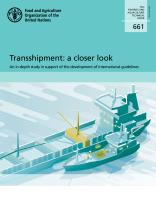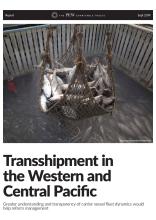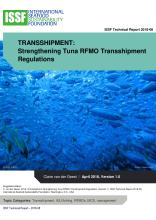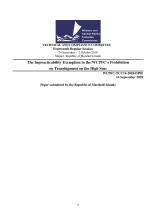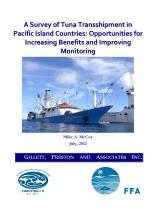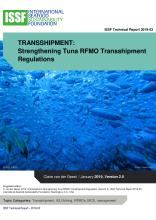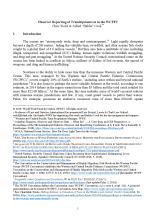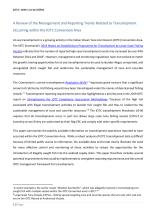Transshipment: A Closer Look, An in-depth study in support of the development of international guidelines
The Committee on Fisheries (COFI) of the Food and Agriculture Organization of the United Nations (FAO) requested an in-depth study of transshipment to develop international guidelines based on best practices. The FAO fisheries operations and technology branch took up the assignment and began its work in 2019. The team conducted a global study to shed light on current regulations, practices, and control of transshipment to assess the status quo. The study was finalized in 2020 and provides the most comprehensive foundation (based on a risk-based approach) for the development of international guidelines on transshipment, highlighting areas of persistent and emerging concern.
Language
